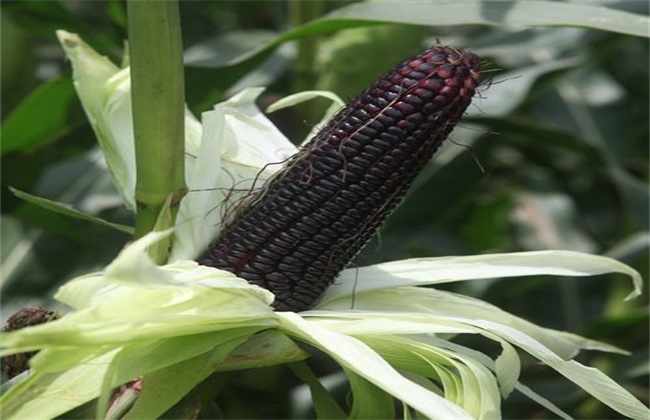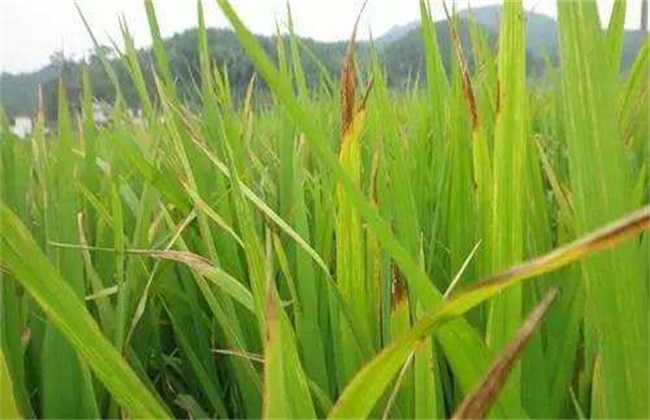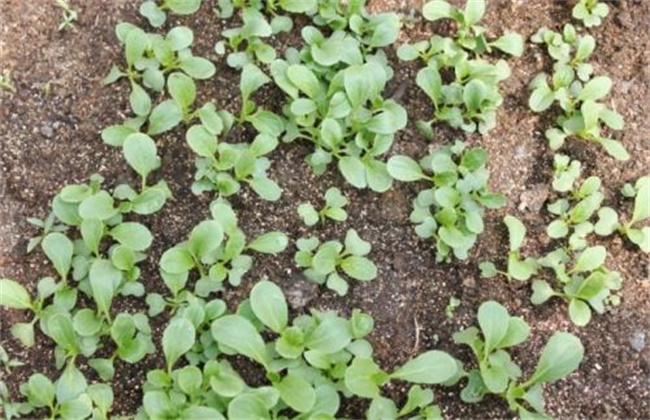Where is the producing area of black corn?
Black fish rice is a special kind of corn, unlike other corn is yellow, black corn is all black, this is mainly because black corn is rich in melanin. In addition, it also contains some plant proteins, amino acids, trace elements and other nutrients. The overall nutrients are higher than those of ordinary corn. Even the nutrient content of corn plants is higher than that of ordinary ones, so it is more suitable for animal feed. So this black corn is not common either. Where does it mainly come from? I'll introduce you right away.

1. Main producing areas
Black corn is suitable for planting in most areas, but at present it is only planted in Liaoning and Anhui in the north, Guangdong in the south, Sichuan in the southwest and northwest. Planting has been widely promoted in these areas. In other areas, a small part of the planting is scattered. Some areas are still on the road of trying to grow. So the main producing areas are now these places.
2. Planting method
Spring sowing planting, the whole growth period is about 4 months, planting about 2500 plants per mu. The planting soil is fertile and loose, and the base fertilizer is about 1000 jin per mu. Special isolation is needed to avoid receiving pollen from ordinary corn and producing miscellaneous grains. The main reason is spatial isolation, keeping away from other fields, or planting at the wrong time of flowering. Mainly control corn borer, ground tiger, use carbofuran to control. If you buy packaged seeds, you can generally broadcast them directly. After the land is leveled, you can sow the seeds. It takes a long time to manage after sowing.
3. Nutritional value
Mainly lysine content is very high, high nutritional value; potassium content in trace elements is the highest, eating more black corn can stabilize mood and prevent cardio-cerebrovascular diseases. It contains more iron, so it is suitable for people with anemia. Zinc content is more suitable for children to eat, to prevent zinc deficiency, children are very easy to lack zinc. It can prevent the adverse effects of zinc deficiency, such as improving resistance and improving anemia. The main calcium and phosphorus components are suitable for children, middle-aged and elderly people with calcium deficiency. The melanin mainly can reduce cholesterol and has a health effect on cardiovascular and cerebrovascular diseases.
4. Appearance characteristics
Before some people thought that black corn is a genetically modified food, can not use 2, it is not good to eat, but in fact black corn is only a type of corn. Or a species. It's just black because of the high melanin content. General black corn, the appearance is jet black shiny particles, but near the raw part of some is white. Some of the appearance looks dark red.
Black corn can be planted in most places, but it is widely planted in only a few places at present, but it is also being tried in some other places. In the future, the planting area will gradually expand. Total output will also increase.
Related
- The first cup of black tea in spring, the flavor and history of tea gardens in Kenya, Africa
- The computer can not only choose potatoes, but also grow tea rice. AI will grow winter oolong tea champion.
- It is not only the inflated tea bitten by insects, but also engraved with the four seasons tea in Beipu.
- The Oriental Beauty Tea Festival in Zhuxian County takes the stage at the weekend to experience the plus-size feast of oil tea.
- & quot; Oriental Beauty Tea & Exploration of Emei in Hsinchu, the hometown of quot;
- The new variety of strawberry "Tainong 1" dessert is the first choice with mellow aroma. Crimson gorgeous
- History of Tea in Taiwan: from Wild Inner Mountain to Export Tea Garden
- Two types of Taiwan Oriental Beauty Black Tea won the British three-Star Award for Childhood Tea Xiang Zhang Jiaqi changed from pilot to champion tea maker.
- Banana species and varieties: the planting history of Taiwan Xianren banana and dwarf banana is long, is banana disease resistant?
- Coffee planting Technology: Qianjie Coffee from Seedling to harvesting



